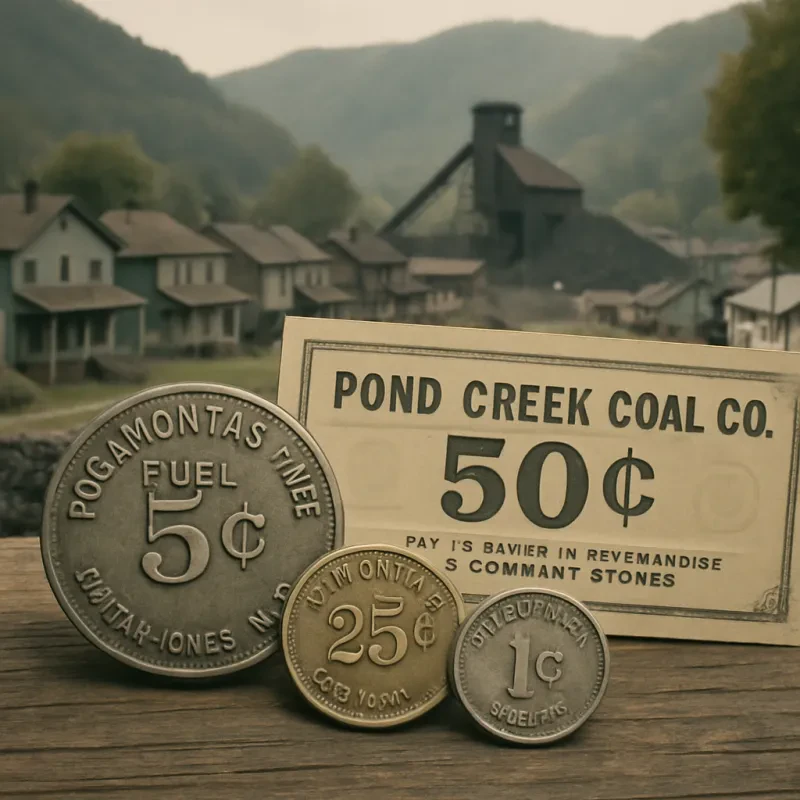Exploring the Echoes of the Past: The Top 10 Abandoned Coal Mines in West Virginia
West Virginia, often affectionately referred to as "The Mountain State," holds a rich history deeply entwined with coal mining. For generations, the coal industry served as the backbone of the state's economy, shaping the lives of countless individuals and communities. However, as the world shifts towards sustainable energy sources, many coal mines have ceased operations, leaving behind abandoned sites that whisper tales of a bygone era. This article delves into the top 10 abandoned coal mines in West Virginia, uncovering their history and the last time they were operational.
1. Nuttallburg Mine
One of the most historically significant coal camps in West Virginia, Nuttallburg became operational in the early 20th century. Owned by the Nuttall family, it was one of the largest coal operations along the New River, featuring a complex infrastructure including a tipple and a conveyor belt system. The mine was last operational in the 1950s, leaving behind structures that have since become a part of the New River Gorge National Historical Park.
2. Kaymoor Mine
Kaymoor, nestled along the New River Gorge, is another testament to West Virginia's coal mining heritage. Established in the late 19th century, Kaymoor was known for its high-quality coal production. The mine ceased operations in 1962, but its remnants, including the ruins of the coal processing plant and miners' quarters, offer a haunting glimpse into the past.
3. Thurmond
While not a mine itself, Thurmond was a pivotal coal transportation hub, serving numerous mines in the area. At its peak in the early 20th century, it was one of the richest towns per capita in the United States, thanks to the booming coal industry. The decline of steam locomotives and coal's prominence led to its abandonment. Today, Thurmond is part of the National Register of Historic Places, with few residents and several preserved buildings.
4. Blue Heron Mines
The Blue Heron Mines, part of the Big South Fork National River and Recreation Area, operated from the early 1930s until their closure in 1962. This mine complex is now an outdoor museum, offering visitors a chance to explore the history of mining life through preserved structures and interpretive displays.
5. Glen Rogers
Glen Rogers, once a thriving coal mining town established in the early 20th century, saw its mine close in 1960. The town, named after a prominent coal baron, featured one of the largest and most productive mines in the state. Today, its abandoned structures stand as a somber reminder of its bustling past.
6. Eccles No. 5 and 6
The Eccles mines, located in Raleigh County, witnessed one of the deadliest explosions in West Virginia's mining history in 1914. While these mines were significant coal producers in the early 20th century, they were eventually closed, with the exact closure dates becoming a part of the obscured history of many such sites. However, Eccles mine property has reopened around 2007 and is home to ICG mines now
7. Itmann Mine
The Itmann Mine, operational until the late 1980s, was one of the younger coal mines on this list. Situated in Wyoming County, it was known for its large coal production and employed hundreds. The mine's closure marked the end of an era for the community it supported.
8. Red Ash Mine
The Red Ash Mine, located along the New River, is infamous for its mine disasters in the early 20th century. It was operational until the 1950s, and today, its ruins are a poignant site for both historical interest and as a memorial to those lost in mining accidents.
9. Gary No. 9
Part of the once sprawling U.S. Steel Gary Works, Mine No. 9 was closed in the 1980s. The town of Gary, built by U.S. Steel to house its workers, was once a symbol of industrial might. Today, the abandoned mine and its surrounding structures are relics of the steel and coal era.
10. Cannelton Hollow
Cannelton Hollow's coal operations ceased in the 1960s, after contributing significantly to the state's coal output for decades. The site, situated in a scenic part of the state, now lies abandoned, with nature slowly reclaiming the land once stripped bare by mining activities.
The abandoned coal mines of West Virginia are more than just relics of industrial history; they are poignant reminders of the communities and lives shaped by coal. They tell a story of resilience, hardship, and the inevitable change brought about by time and progress. As these sites continue to fade into the landscape, their stories remain a crucial part of West Virginia's heritage, offering valuable lessons for future generations.
Preserving the memory and history of these sites is essential, not only for honoring those who worked and lived in these coal communities but also for understanding the complex history of industrialization in America. As we move forward, let us not forget the echoes of the past that these abandoned mines carry with them.







